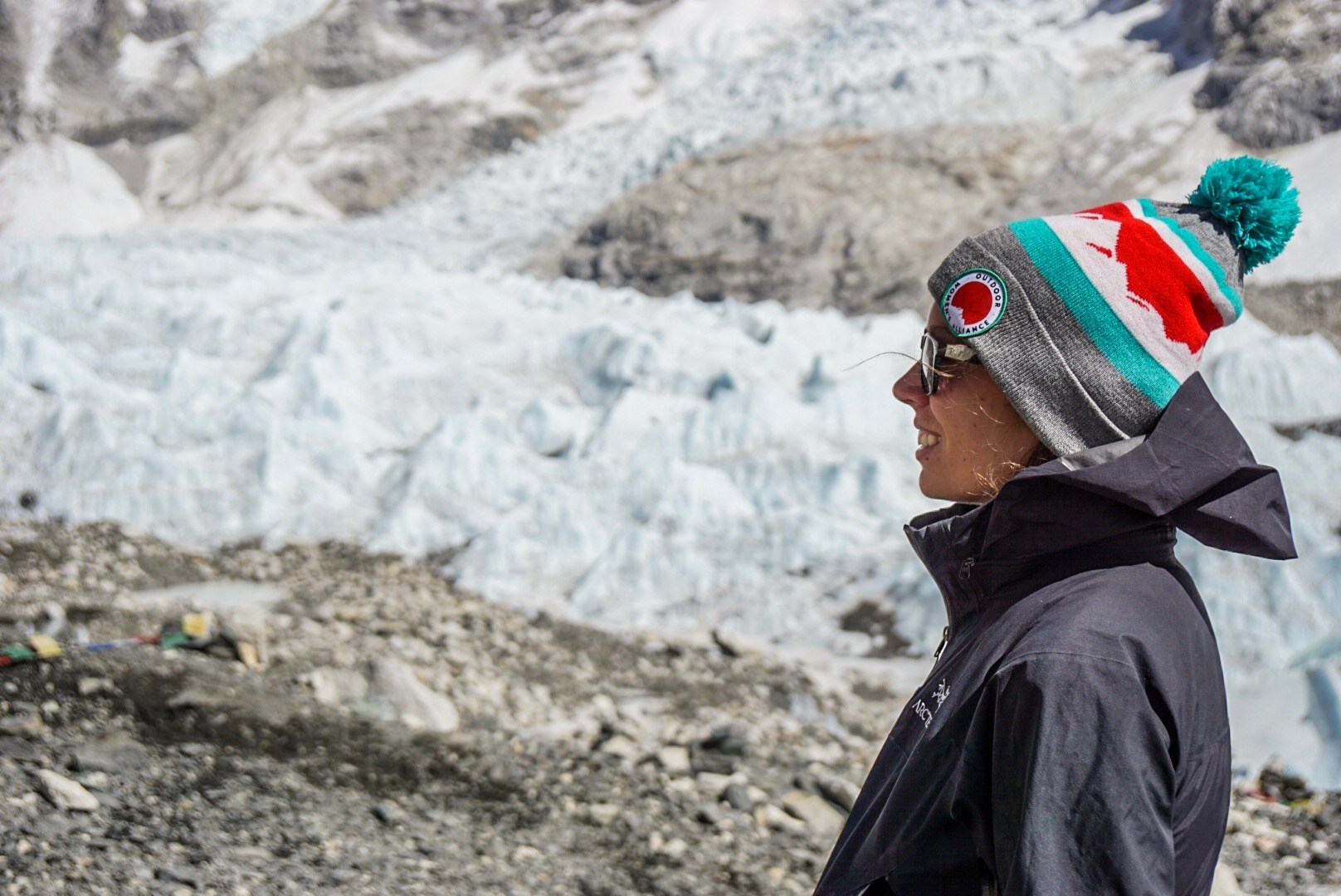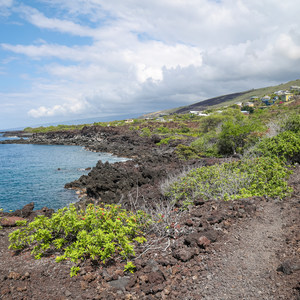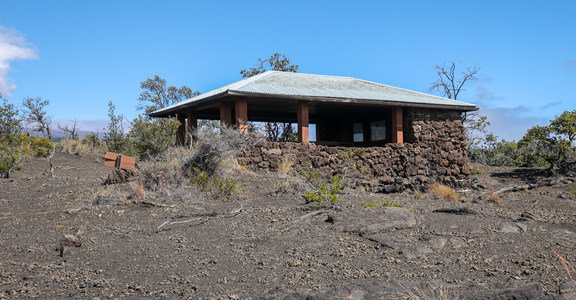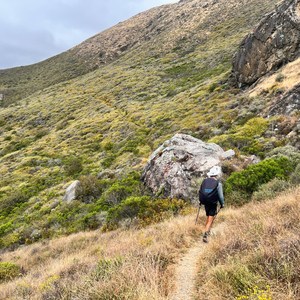You are here
As I transferred more weight onto my flimsy trekking poles, I lost feeling in my toes. My fingers followed. I didn’t know how long we had been hiking, how far we had to go, or where our guide went. Even the presence of my boyfriend beside me seemed to fade. My thoughts wavered, then disappeared. I moved in a state of limbo, caught in a mixture of dream, nightmare, and reality.
Up until this point, my boyfriend, our guide, our porter, and I had moved rapidly along a route in Nepal known as the “Everest Base Camp Trek.” We sped by other groups and had no problem acclimatizing—so much so that we even skipped one full acclimatization day. After not hiking for over a year unless it was to reach a crag, I was reinvigorated by my passion for hiking and confident in how I was handling the 12-day trek and elevation.
Despite all of this, the first few days of the trek had brought disappointment. I thought we would be passing through the Himalayas, not walking on dusty roads that kept us far from the picturesque mountains I’d seen in pictures. The views we had caught of Mount Everest were anticlimactic, and though it was off-season, the crowds were bigger than I’d expected.
Five days in, our guide made a suggestion: While reaching Everest Base Camp was fine, it was en route to a better destination, Kala Pattar, and both could be experienced in the same day. From this lesser-known location, we could see the best view of Mount Everest and witness the grandest sunset of our lives.
Even as we sat by the fire in the teahouse that night, mulling over the change of plans, the temperatures were near freezing. The idea of sitting outside to watch a sunset—while temperatures dipped even further—held no appeal for me. But the elevation seduced me on adding Kala Pattar to our plans. While Everest’s base camp stands at 17,600 feet, our destination on Kala Pattar would be 18,514 feet. The idea of breaking 18,000 feet and telling others that I trekked that high reeled me in.
We continued along our trek, playing cards in teahouses at night, standing on the side of the path waiting for yaks to pass by, and talking with other groups as we met along the route. But all I could think about was Kala Pattar. I stared at the same tiny dot on the map that marked its location and craved the moment of glory I would experience when I reached it.
Armed with newfound confidence and my desire to break 18,000 feet, Kala Pattar became the sole goal of my trek.
But somewhere between the short cut connecting Everest Base Camp and Kala Pattar, Mother Nature did what she does best: She forced me to change my plans.
After reaching Everest Base Camp in half the time the trek is supposed to take, we were tired. Wanting to carry on to Kala Pattar in time to make the sunset show, we revived our energy by finishing most of our water and biscuits, then returned to our trek.
But the route had changed. What was once a pleasant path between the two mountains had been destroyed by the massive 2015 earthquake. The resulting avalanches that had ripped down from the Himalayas decimated what was left of the trail, and the old shortcut was now gone. In its place was rubble, boulders, dust and weeds.
Trying to find a way through the debris, our guide darted in and out of sight while our porter remained steadfastly by our side. We scrambled through the rocks, our trekking poles helping us keep our balance.
Meanwhile, I held tightly to the romanticized idea I had created of Kala Pattar. I was so enthralled with this destination that I ignored the physical dangers that can accompany high altitude and pushed forward, though I was moving slower and growing cold.
The lack of oxygen was taking its toll.
My body and mind were pushed into a state I’d never faced, one where conscious control was slipping away. At a lower elevation, getting through the quake debris would have been a normal day, akin to hopping between rocks at California’s Joshua Tree National Park. But at this elevation, it was a different story. As hard as I tried to keep up and resolutely cheer myself on, something within me knew better.
Then I began to succumb.
I slipped often, tripping over my trekking poles. My movements were sloppy, but mentally, it was as if I was gliding over the boulders. I knew I was touching the ground because I could faintly hear my boots scuff the surface and my trekking poles ting on the rock, but it felt like something else was carrying me along. It was as though my body had moved into autopilot, instinctively attempting to conserve oxygen and preserve energy.
And then, after I no longer knew what my body was doing, my mind faded away. I was no longer thinking about Kala Pattar. I was no longer scared of what could happen.
I wasn’t thinking about anything.
We had only been walking for an hour when I stopped, crumpled down onto my trekking poles and slipped into an unexpectedly peaceful but dangerous meditative state. I was detached from my body and all I could be sure of was that I was breathing.
Inhale, exhale.
I rose from my trekking poles while tears involuntarily cascaded down my cheeks.
Inhale, exhale.
Slowly, each person in my party came back into view.
Inhale, exhale.
I heard our guide shout that we were close to Kala Pattar.
Inhale, exhale.
My boyfriend was crying too because he wasn’t doing much better. I embraced him and was just barely able to mutter, “We can’t keep going.”
With that final admission that I would not reach Kala Pattar, the spell was broken.
The cold electrified my body, my head convulsed from the lack of oxygen, my joints grinded against each other, and my muscles raged in torment. Still holding tight to my boyfriend, who had a headache in the base of his skull—a sign that he was losing circulation—I was nervous that he was beginning to get acute altitude sickness. Our guide sprinted over, ripped off my gloves to warm them with his, reviving the blood flow to them. As he held me up, I collapsed onto him.
We turned around, 200 meters short of reaching Kala Pattar.
I cried uncontrollably.
My tears were a mixture of pain, fear that I wasn’t going to make it without an evacuation, and debilitating exhaustion.
But the tears mainly came from a place of joy and grief, of pride and disappointment. When we made the decision to turn away from Kala Pattar, I was elated to head to a lower—and thus, safer—elevation. I was proud that I recognized the dangers of the situation and was able to make the call to leave. Yet, I was heartbroken that we wouldn’t reach the objective.
. . .
Though this experience happened more than two months ago, I still feel shaky when I recall this portion of the trek. Like watching a movie of someone else’s story, I can replay every moment in my head: I feel the force Mother Nature held in her mountainous dominion, feel the false pride I had in thinking I knew best and could conquer her, feel her almighty power flexed, and feel the humbling I subsequently endured.
And though I traveled for four months in as many countries, when people ask, I relate this portion of my trip, the point at which I had to retreat just shy of seeing Kala Pattar. It was the best—and worst—part, the part that challenged me, and the part that sent me home with a deeper respect for Mother Nature’s power—and my own.





Comments
Sign In and share them.